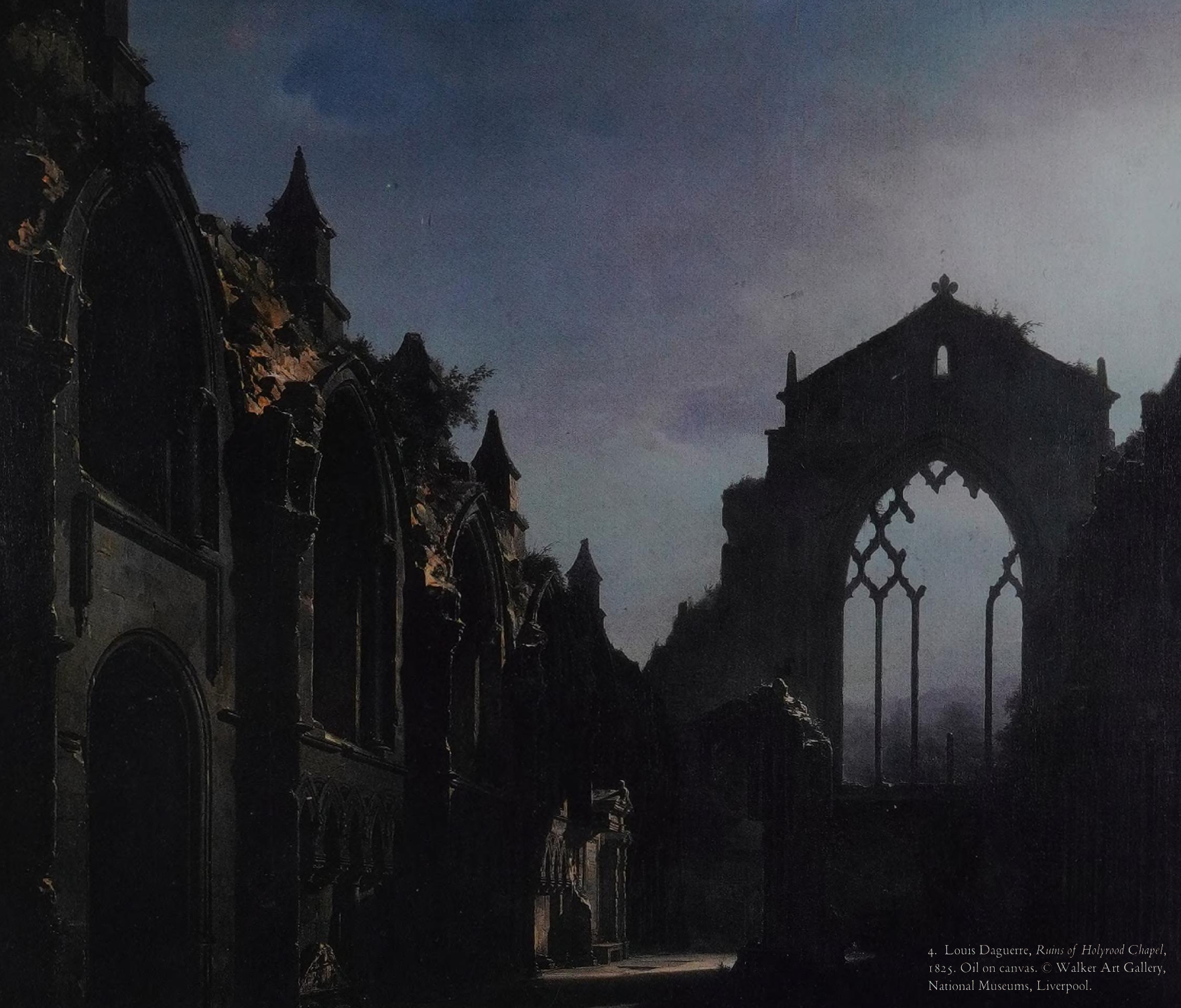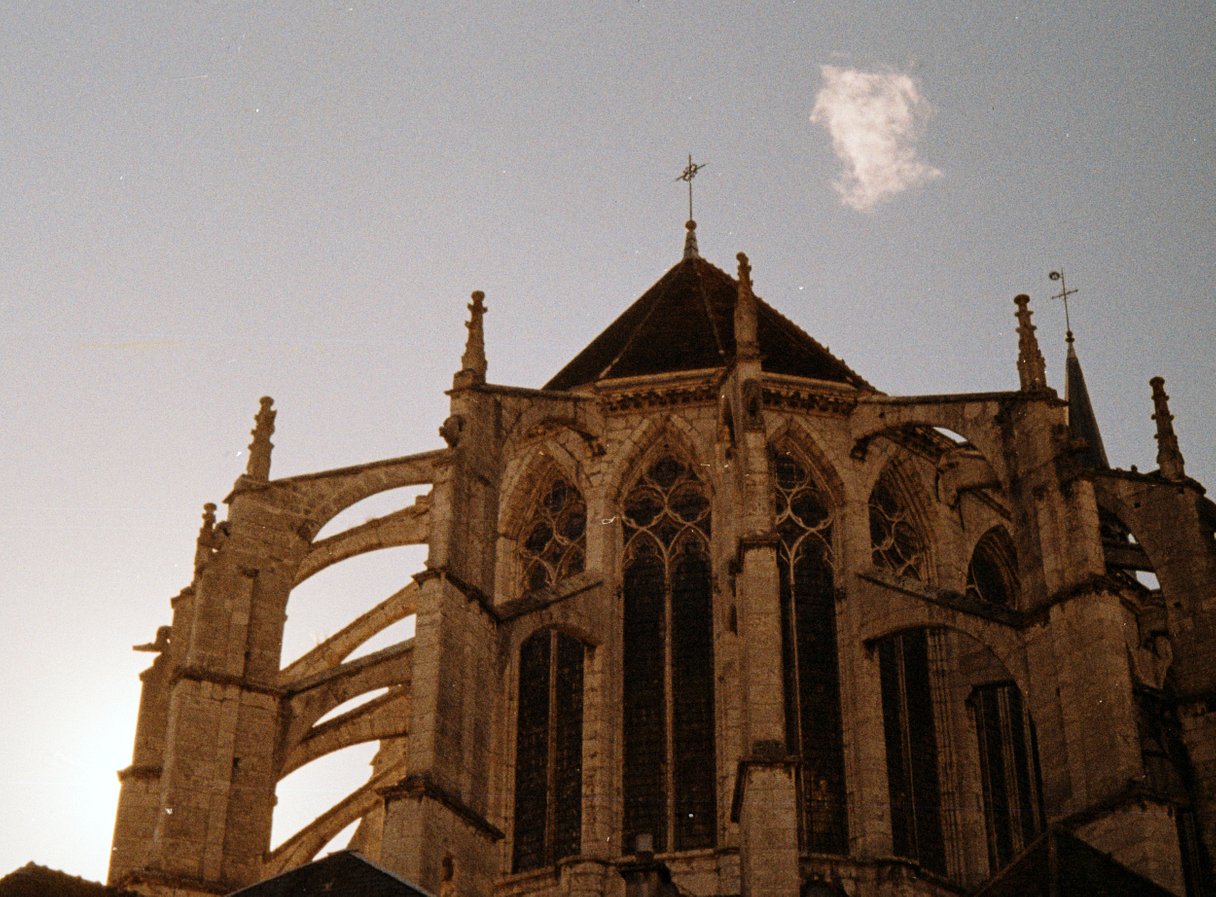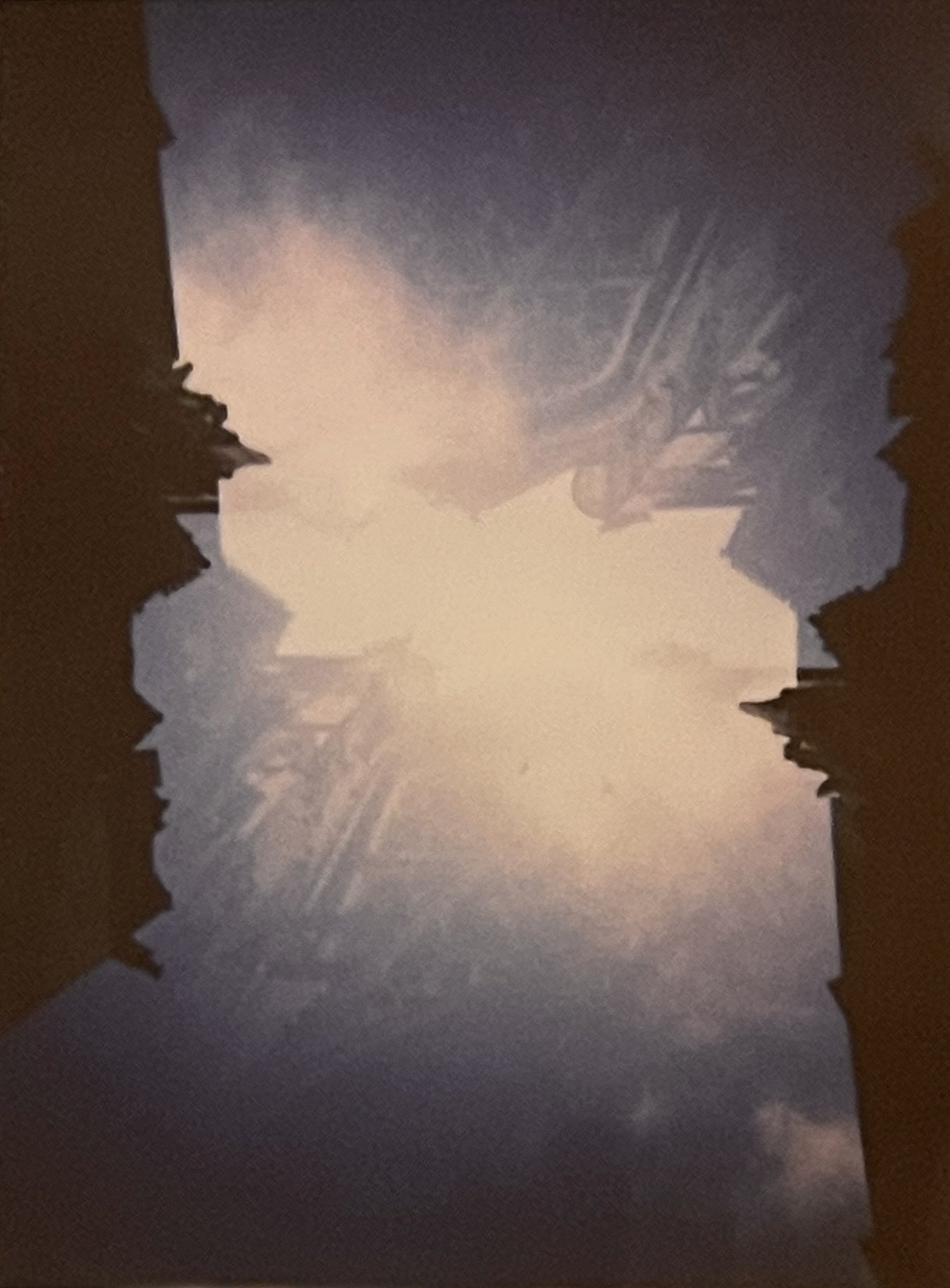
the whole album was recorded in just a week. during brazilian carnival.
it’s made up of a big messy granular amalgam of field recordings, moog and digital synth emulators (massive, mostly).
to keep it from turning into one long boring dark ambient stretch (even though i kinda wanted that too), we added some vocals later, reciting a few poems´ (they’re really just texts, to be honest).
i asked a friend to record them and well, i tried to edit the voices as much as i could using heavy compression (which i might end up regretting).
the audio quality apparently just kept getting worse every time i tried to improve it with my mixing lmao.
there were two versions before: one featuring barely audible, almost asmr like vocals, and this one with the compressed voices. (that still have an asmr-ish feel´)
in both versions, we experimented with stuff like an experimental delay made in maxmsp and voice modulators to mess with the timbres. (a suggestion I gave my friend (along with the pseudonym idea) to keep things more cryptic)´
i think somehow it still turned into something interesting.
as for the other version with the vocals — it’s currently lost, and i don’t really remember how it sounded anymore.
sometimes i lay my head on the pillow and wonder if it was better.
but who’s to know.

"Small towns grow with anxiety for the future."
Mamang Dai (2004) ´
this album wasn’t meant to be that serious, even though i still don’t think it is. i mean, we made it kind of hastily and desperately because i wanted to put a few specific ideas into practice. in the beginning, all i had were some dark ambient sounds with an ultra-minimalist atmosphere. i was thinking about that while listening to some drones i had made a while ago, trying to find some direction. on another day, coming back home again, i recorded some static street sounds — the kind of half-empty streets with distant noises from music venues, people, or the strong wind and rough sea — and those ended up guiding a lot of the album’s idea. originally, the album was supposed to be just that. ultra-minimalist. then we started adding things, little by little, and, well, here we are. the final result, i think, gets kind of close to something like death industrial. even though it’s not that loud or noisy. even with a lot of layers in most tracks, i still feel like the overall sound ends up being kind of minimal and not super developed.

"In the life of each of us, theres a place remote and islanded and given to endless regret or secret happiness."
Sarah Orne Jewett (1896)´
quick-fire questions:
You mentioned that this album was made entirely in a week, pretty quickly. Did you have other plans or projects that were meant to be the next album instead of this one? What made you release this one now?
"I think it was released because it’s minimally satisfying. I still think something about it is good."
"well, i don’t really know why i make these things, to be honest, but i believe this is an album that draws from the same place as the 'insomnia refuge' project — albums made with textures that help calm me down so i can try to sleep better when i’m dealing with insomnia. I’ve been working on other things that are quite different this whole time, but I feel like they’re still not ready."

Wow, that's interesting. Listening to the album, this doesn’t seem like a release that immediately comes across as something soothing. Both because of the theme and the sounds. Why does it sound that way to you?
"this is funny. this album is extremely soothing to me. people probably find that strange lol, but i think it’s because it feels way more ‘atmospheric’ than scary if you focus only on the sound. drones have always sounded kind of like a massage to me. even though this album is a kind of 'subinversive' death industrial, it’s still more ambient than anything else in the end."

Still on the process behind Insomnia Refuge, would you say that’s why this record has long instrumental passages that focus more on texture?
"I don’t know. I think it comes from a bigger influence of dark ambient and things I’ve been listening to for a long time. over the years, I think it becomes a sort of deeply ingrained habit to listen to such long tracks. I wish more people would develop that."
"the longer tracks have even longer instrumental sections that could easily stand alone as separate pieces, but if that were the case, they’d lose a big part of the album’s core substance. that’s something i really wanted, actually — an album that would take time to listen to, even though it’s not a long album at all, clocking in at just one hour and eighteen minutes. i’ve made longer and way more —pretentious— albums before, by the way. but this one, being an album where the tracks have time to unfold, still delivers the 'important' parts right away. what’s left at the end is a drone or some instrumental bit that you can either consciously tune out or just let it take over your mind."

And well, do you think, just like Insomnia Refuge, this album managed to fulfill its purpose of helping you with insomnia?
"I would say yes. I think this album has its flaws (mainly because it was made so quickly), but for sure, making someone fall asleep isn’t one of them (laughs)."
"as soon as i finished all the tracks, it was already late at night, and there was almost no noise outside — which let me play the album really quietly and still absorb every little detail. but somewhere during the last few tracks, i fell asleep and only woke up the next day. easily one of the best experiences i’ve had listening to an album and falling asleep before it ended."

"When I see that crowd, I shrink, stick to the walls like a frightened rat. Like a rat, exactly."
Graciliano Ramos (1936)´
album concept´
the name of the album — and the track titles too — expresses an idea that might not seem obvious, but actually is. the idea that small towns will always be deprived of opportunities and development in favor of big cities. this brings with it some very old and familiar issues: the desire to migrate, socioeconomic struggles, and something more specific but still deeply present — the quiet, creeping growth of bitterness and resentment toward life.
resentment caused by thousands of reasons and circumstances, but that always seem rooted in “the place where you were born,” like some kind of curse that follows you even after you’ve left that ground — something that never really lets go, no matter how far you go.
"a lot of these references are things from quite some time ago, like "Invisible Cities" by Italo Calvino (1972), or "Angústia" by Graciliano Ramos (1936).
deeper things too, like the fact that i was born in the countryside and spent most of my life in a small, not very developed town — where everything is far away and less accessible. all of that brings a lot of reflections and ideas that end up becoming inspiration, almost always lying dormant in the background. unconsciously."
"there’s also this idea of storytelling — of not being too obvious with the concepts. something closer to crypticism, or something along those lines."
Requiem Movement was made to be some sort of opening piece for the album — a way to tie together and introduce the ideas that would unfold later on. Pretty much all the samples and instruments used throughout the album show up here in subtle ways. Everything was processed over and over through my granular sampler, then chained with just the right amount of distortion and reverb. I feel a kind of pride for what came out here, especially since getting a controlled result with granular synthesis is always a challenge — and this one just happened in such a straight line. The sound became completely different from its source, but still felt clear and rhythmic instead of turning into a confusing mass. It turned out perfect.
Eterscape (1-3) was originally written as a single piece and later split into three. I only used field recordings I’d done in Arraial, and once again ran them through a granular signal chain paired with reverb to build the more minimalist drones and the occasional “effects” you hear. The rhythm section is a collage of those recordings, almost like a musique concrète piece.
Veil of Ressentment ended up sounding completely different from how it started. Back when the project didn’t have a clear direction, this track stood out the most — it was just a reverb-drenched piano that reminded me of the Minecraft soundtrack, layered over a field recording full of white noise. It was probably going to be cut from the album. But then I brought in some samples from Bondarie Affliction, and after the usual processing, I ran them through a cassette simulator. If you listen closely, you can still hear that piano in the background, playing heavily saturated notes.
Rancour was made almost alongside Veil of Ressentment — so to me, it’s kind of its B-side. There’s nothing particularly special about it, except for the ultra-aged and noisy sound that appears and then vanishes. It reminds me of heavy rain, and the texture ended up sounding really good in the final mix.
Desire is a big highlight. I’d say it’s the most death-industrial track on the album. It’s super atmospheric, and honestly, the tone and texture came together completely by accident — which makes me even prouder. One perfect thing about it is how it manages to stay piercingly high-pitched most of the time in a repetitive way, but without the harsh aggression typical of noise. It leaves room for the ambient bed underneath to breathe.
Ressentientia has the prettiest name. It’s a made-up word, straight from somewhere in my mind — just like Eterscape. I like how, at a certain point, it feels completely empty and apathetic. I think that matches the kind of word it could be.
Repetition Movement is without a doubt the best track on the album. It’s everything I wanted to express, conceptually — which is why it’s the final piece. Long and minimalist, but finally reaching a cathartic release with the kind of violence that only noise music can deliver. Sometimes I think the whole album could be summed up in just this one track. Like, instead of all the ideas leading up to it, maybe they could’ve all sprouted from it. In other words — maybe this track alone would’ve been enough (laughs). In the end, I think it captures everything really well, and for some reason, it reminds me of Disco Elysium — one of my eternal and unconscious references.
The album cover is an oil painting by Louis Daguerre, a French painter and photographer, titled Ruins of Holyrood Chapel (1825).
It was taken from an old architecture magazine where it was mentioned.
In addition to this idea for the cover, while I was working on it, I was still unsure between two other options, which are analog photographs.
Resentment by Serena Hoshino Kōgai is available on all music platforms and on the label's Bandcamp, Sub.3 Records.

